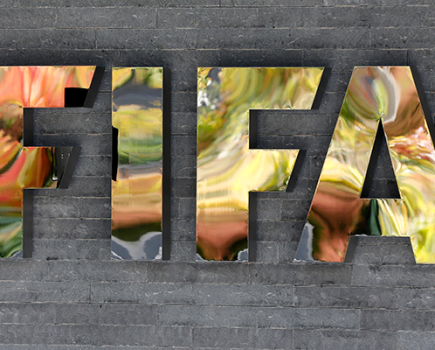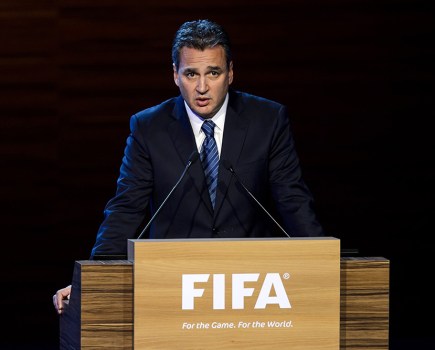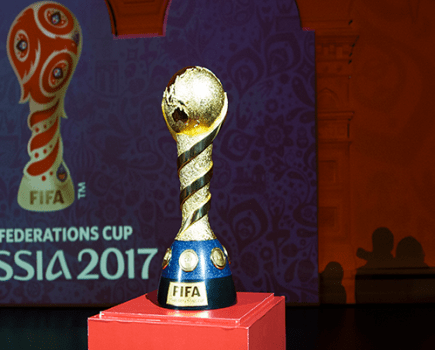 The administrative leader of FIFA’s in-depth consultation about the timing of the 2022 World Cup finals in Qatar thinks that the end of the year is the most appropriate time in terms of playing conditions.
The administrative leader of FIFA’s in-depth consultation about the timing of the 2022 World Cup finals in Qatar thinks that the end of the year is the most appropriate time in terms of playing conditions.
Jerome Valcke, the world football federation’s secretary-general, was speaking in Abu Dhabi as the FIFA U-17 World Cup opened in the United Arab Emirates. Matches in the 24-team tournament kick off at 5pm and 8pm with temperatures for the early-eveing matches hovering just above 30deg with 60pc humidity.
The stadia are not air-cooled as will be the venues in Qatar.
At the start of the month the FIFA executive committee decided to launch a survey of opinions of all the games stakeholders. Valcke and his staff will undertake the work under the exco liaison of Asian confederation president Sheikh Salman bin Ebrahim Al-Khalifa.
Valcke, in an interview with the international sports journalists’ association AIPS, acknowledged the heat and the extra relevance for officials and players attending the tournament.
He said: ” For people who are coming here now, the discussion about Qatar 2022 is a real one – and we are in October. That’s why my feeling is that definitely the best period is when the heat comes down.
“So then we are talking about the middle of November, December, and early January. December is the month when you can play in the best conditions in the region.”
The likely summer temperatures in Qatar in 2022 are not the only issue on which Sheikh Salman and Valcke will be reporting back in autumn of next year or even spring 2015. They must also investigate the complications of disrupting national and international schedules all around the world as well as contractual obligations to broadcasters and sponsors.
At least FIFA has no doubt about the ever-increasing power of Asian football and its ability to host the world game’s prize events.
Valcke said: “You have more and more high level football played in Asia. I do not have to talk about Japan or South Korea or even about North Korea with women’s football; then there is also Iran, which is a very strong [football] country and who qualified for the World Cup.
“It’s less about saying: ‘It’s time to develop football in Asia and that’s why the World Cup was awarded to Qatar;’ it’s more about recognition that you have millions of people living in this part of the world and they are crazy about football and they are playing football and that’s why the World Cup moved to Qatar.
“That was the decision and explanation which was given by the executive committee.”
Not without significance is the commercial reality that three of FIFA’s six major sponsors are headquartered in Asia.
Valcke added: “Asia is a huge continent mixing a lot of culture, a lot of religion, a lot of different people so it’s not an easy confederation. But again it’s a strong confederation and for the future I would say that the next two up-and-coming football regions are Asia as a continent and the United States as a country.”






